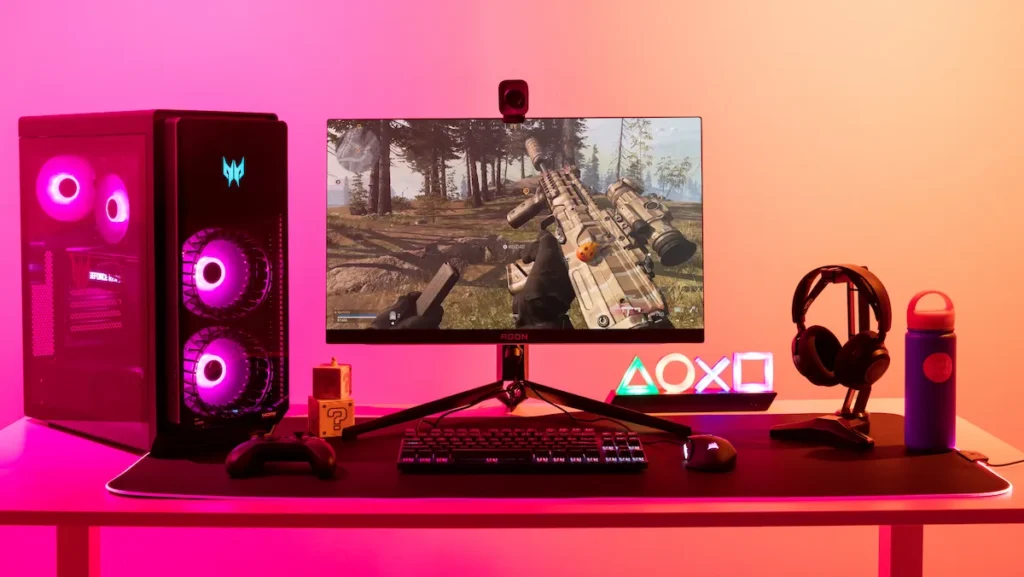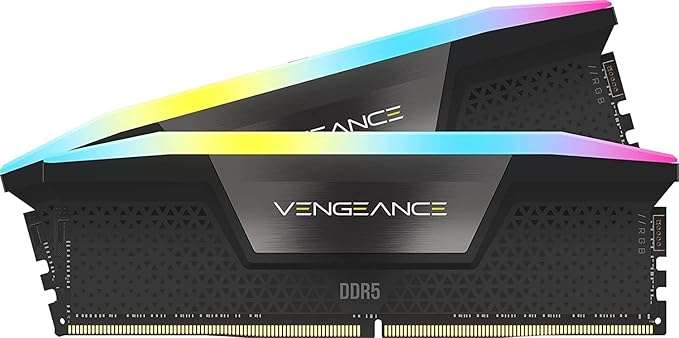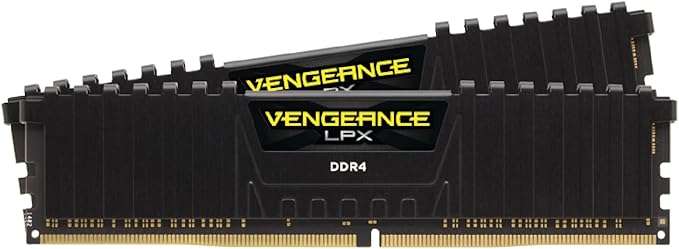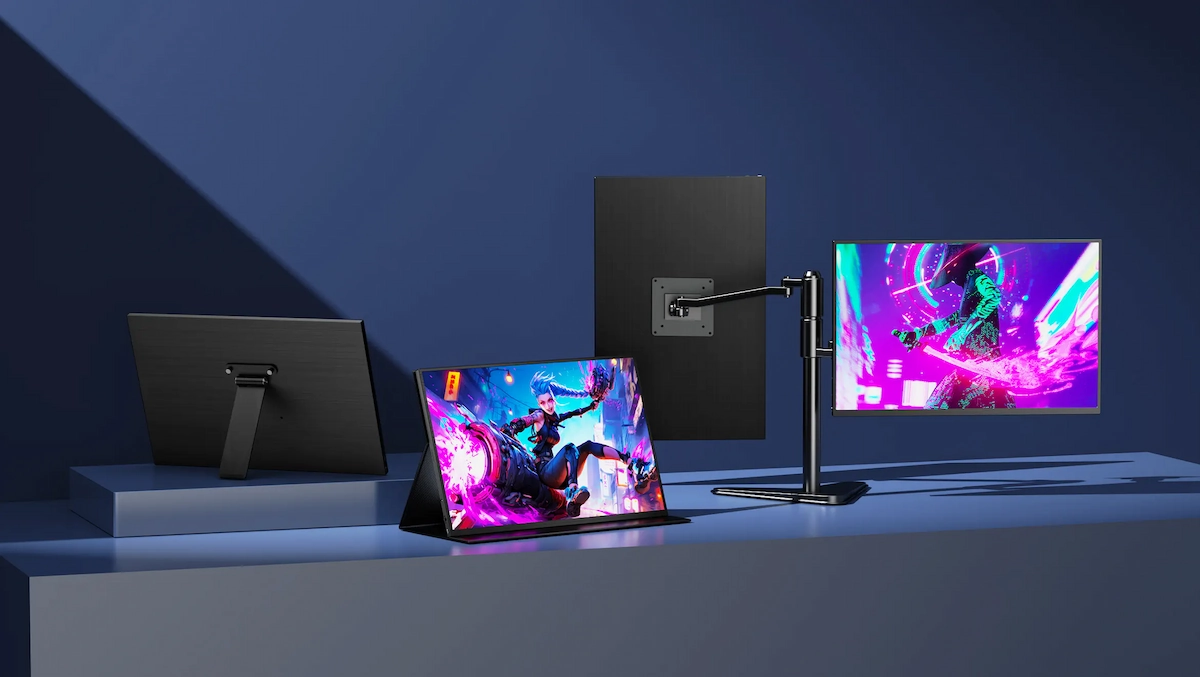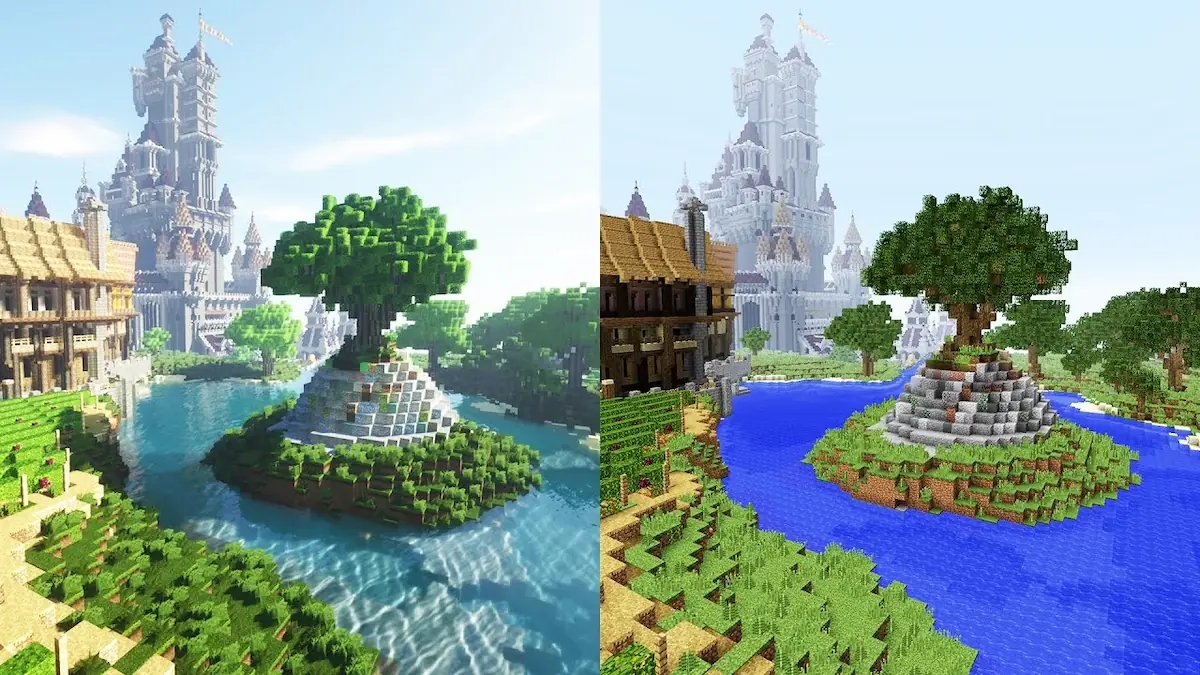Whether you are a hard-core competitive gamer, music producer or anyone who relies on real-time responsiveness, low latency can make a world of difference. Let’s be honest, Lag and Delay while you are working or playing online games can be annoying, it can throw off your timing, effects your performance, and ruin the overall experience.
If you face similar problem let me make it easier for you, how? Well! There are several ways you can optimize your PC for low latency. Low Latency ensures smoother operations, faster response rate, and perfect efficiency. Whether you are sweating in an online lobby or streaming this is the perfect solution. In this guide, we will break how to optimize your PC for low latency?
Minimize Background Processes:
Optimizing or minimizing the unnecessary process running in background might be the easiest way to reduce latency on your PC. Many applications run in the background without your knowledge, utilizing most of the valuable resources such as CPU, RAM, GPU and Network. These background processes can lead to high latency and slower response rate especially during gaming or high-end programs.
To optimize the background processes, you can follow multiple ways such as:
- Disable startup apps, if you are using Windows 10, 11. Don’t know how, check out this guide.
- Open task manager and remove the unnecessary programs running in the background.
- Uninstall useless programs from CPanel. Prioritizing only the necessary programs make sure that your PC can focus on what matters the most without allocating valuable resources to the useless services.
Update Drivers:
If you want to keep your PC hardware up to date updating drivers is the way to go. Updating your drivers not only keeps your hardware up to date but also helps you achieve low latency on your PC. Outdated drivers for your Graphics Card and motherboard can lead to many performance issues, lag and stuttering. Manufacturers often release new updates to fix bugs, improve performance and enhance compatibility. Keeping in check with the Drivers Manufacturers website can keep you updated on what’s coming. It is recommended not to download drivers from 3rd Party website, always go for the original such as Nvidia or AMD.
Change Hardware Resources:
Still experiencing lag and latency after going through all the software settings, it might be time to evaluate your hardware. Older and underpowered Hardware can lead to many issues, one of that can be bottleneck when you are running modern applications or games. Firstly you need to evaluate what needs to be changed, to check that we recommend going through resource monitor in task manger or performing a stress test.
RAM:
If you find your RAM to be underperforming, it might be the cause of all the latency issues, most of the time changing the RAM can fix most of the performance related issues. RAM is an important part of a computer and having a good and uptodate RAM can really make a difference.
Storage Device:
Old storage devices such as Hard Disk Drive is just not enough in todays day and age, the modern OS struggles while reading and writing data from a HDD. It is recommended to go for an SSD or NVME as they can be a ton faster and efficient.
Most of the latency related issues occur when there is an issue in these parts. If you are looking to upgrade then we have got some recommendations for you.
Optimize Network Connection for Online Gaming:
To reduce lag and latency during online gaming, a fast and stable internet connection is required. For starters we recommend using Ethernet over Wifi, if you must use Wifi make sure you are using a 5Ghz network and are close to the router for the optimal performance. Avoid streaming services, and close background apps that use network. You can also use Gaming VPNs for better performance, also choose the closest server to your region. These small improvements can lead to noticeable improvements in overall gameplay and responsiveness.
Here are some products to improve network strength:
Conclusion:
Less delay is not just a luxury: There is a need for anyone who gives importance to accuracy, speed and smooth performance, whether you play, produce music or run deep tasks. By following steps in this guide (reducing background processes, updating drivers, upgrading large hardware components and customizing the network connection), you can greatly improve the PC. Each adjustment counts when Millcond counts. Do not leave the holes back: Check your layout and enjoy the smooth performance that really enables your PC.

